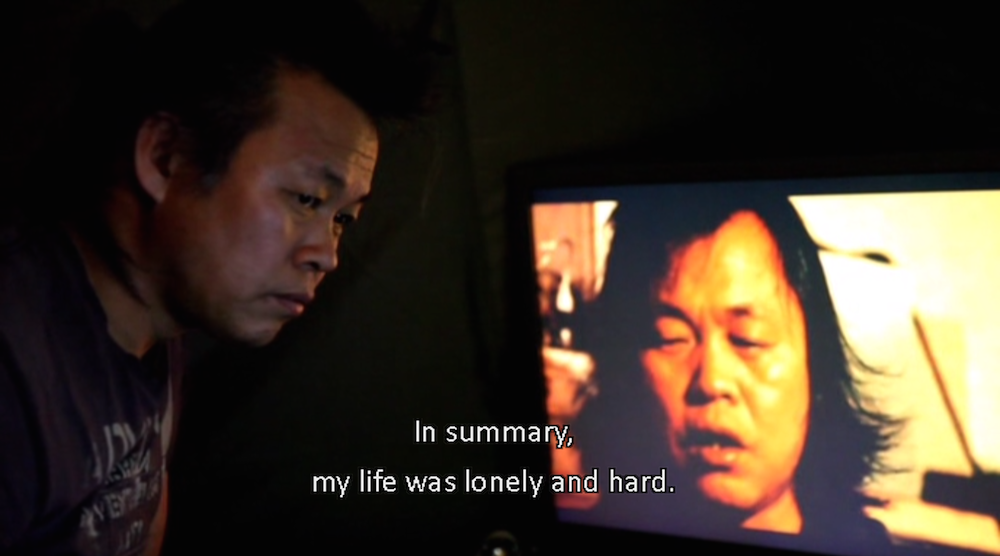
Kim Ki-duk died last month, and not for the first time. The coronavirus caused his death in reality, whereas his cinematic death occurred nearly a decade ago. It happened in Arirang (아리랑), a film Kim shot alone in a spartan countryside cabin to which he’d exiled himself for the previous three years. In it the filmmaker takes himself to task for his failure to maintain the productive momentum under which he’d directed internationally acclaimed pictures like Spring, Summer, Fall, Winter… and Spring (봄 여름 가을 겨울 그리고 봄) and 3-Iron (빈집). He attempts to explain his retreat — an actress was nearly killed on the set of 2008’s Dream (비몽), certain collaborators defected to the mainstream — but finally resorts to annihilation. Armed with a revolver crafted using his own machine tools, he drives into Seoul and apparently executes those who betrayed him before turning the homemade gun on himself.
This portrait of the artist as a self-pitying outcast does offer Kim the chance to tell a remarkable life story. Having never reached middle school in a society known for denying futures to those without prestigious tertiary education, he worked in junkyards and factories at a young age. After serving in the Marines, he studied theology for a time before redirecting his autodidactic energies to art, going so far as to spend a few years painting on the streets of Paris. There, in his 30s, he first set foot in a cinema, and would later credit screenings of Jonathan Demme’s The Silence of the Lambs and Leos Carax’s Les Amants du Pont-Neuf with inspiring his dedication to film. Back in Korea he began writing a screenplay (having yet to attain full literacy, so the story goes) that would win an open contest held by the Korean Film Council in 1995.
Kim’s debut feature Crocodile (악어) came out the following year. Its scenes of destitution, prostitution, rape, murder, and suicide prefigured themes of his later work, and its eponymous character marks the first appearance of a recurring type: societally marginal, nearly mute, and subject to uncontrollable outbursts of violent rage. Despite not actually a being crocodile, Crocodile’s behavior is often indistinguishable from that of a dangerous wild animal. The same holds for the title figure in 2001’s Bad Guy (나쁜 남자), portrayed, like Crocodile, by Cho Jae-hyun, a frequent enough collaborator to be regarded as Kim’s onscreen avatar. This sexually frustrated small-time thug impulsively kisses a college girl he spots in a park, earning a righteous beating from a pack of soldiers drawn over by the ensuing commotion. In retaliation, he soon thereafter orchestrates her capture and effective sale to a brothel.
Read the whole thing at the Los Angeles Review of Books.